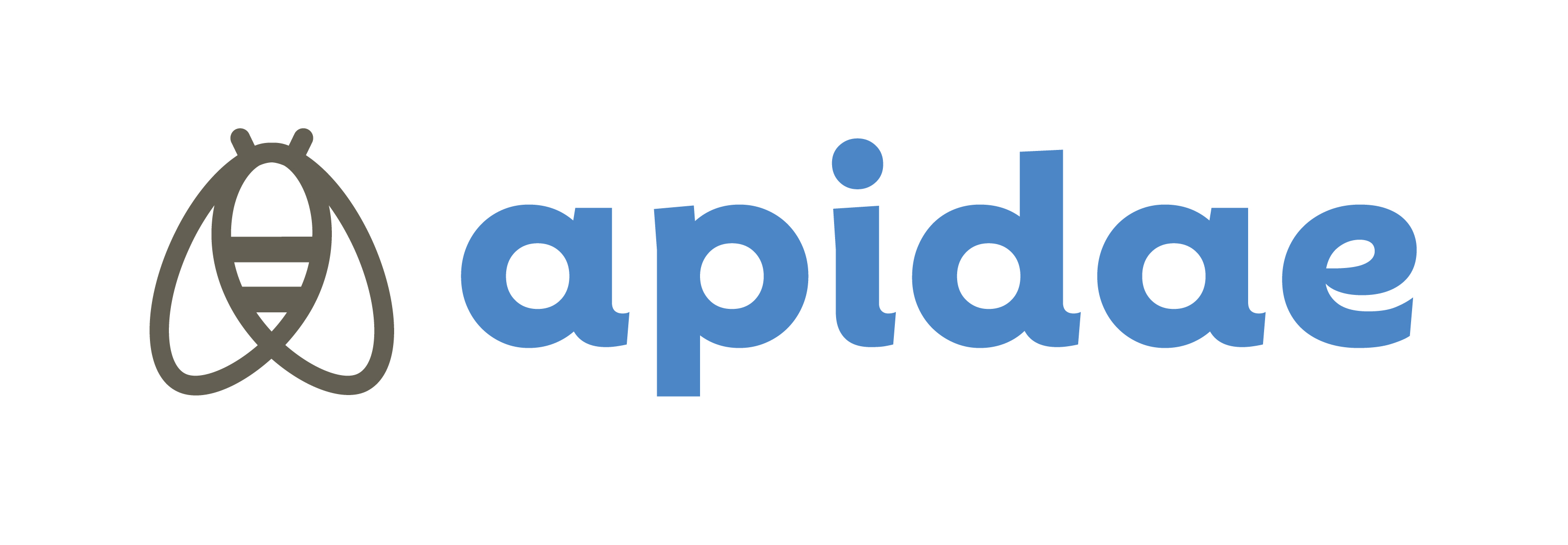The basalt plateau of the Côtes de Clermont, standing at 624 metres, has been occupied at various periods since the Neolithic age. It features the remains of a Gallo-Roman temple.
The basalt plateau of the Côtes de Clermont, standing at 624 metres, has been occupied at various periods since the Neolithic age. In Gallo-Roman times, it was widely occupied, which could mean it was a secondary cluster, with the remains of a sanctuary, public buildings and craftsmen activity.
In around 1930 the first explorations made by Pierre-François Fournier, historian and archivist, reported remains from Gallo-Roman times. Between 1957 and 1964, Paul Eychart, a teacher of drawing, a painter and an archaeologist, undertook his research in the field.
The main visible remains were those of a small Gallo-Roman temple or fanum, then included in a sanctuary overlooking the town of Augustonemetum (Clermont), located in the south. Its entrance was east-facing and its cella (the inner chamber of the temple where the statue of the divinity is located), square in shape, was surrounded by a gallery of which only the southern part is visible today. These remains have been on the historic monuments registry since 1991.
The remains preserved in the Bargoin Museum in Clermont-Ferrand were subjected to further studies. The studies revealed the monumental appearance of certain buildings on the site of the plateau: a column with a capital decorated with a rare depiction of bear cubs and parts of statues (such as horse legs and feet). The divinity to which the sanctuary was dedicated remains unknown to this day and the site’s chronology is not certain, although the majority of the ceramics collected are from the 1st or 2nd centuries CE. A few ceramic objects and coins from the second Iron Age suggest inhabitation prior to Gallo-Roman times, although it cannot be characterised. The analysis of the ceramics also indicated that the site continued to be inhabited until the Middle Ages.
In 2014, with assistance from the State, the ASCOT association for saving the Côtes de Clermont-Chanturgue plateau financed major renovations of the fanum.











